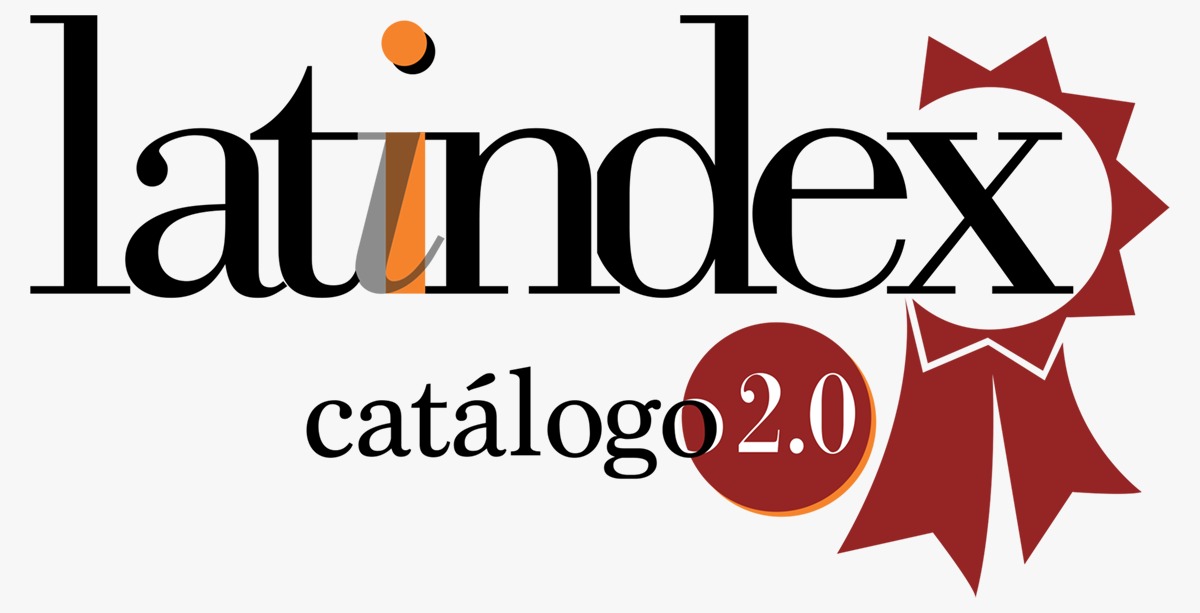Dance education as transversal content of the principal processes of the Artistic Education professional
Keywords:
dance education, transversal content, principal processesAbstract
The arts education process is relevant in training scenarios focused on the integral development of the personality, which provokes permanent learning of transformation and socialization of its manifestations, to provide students with high qualities and moral, educational, artistic and aesthetic values. . Therefore, the practical argumentation of a dance education as a transversal content is important, from the different substantive processes in the formation of the Artistic Education Professional, which establishes formal relationships between the contents and the academic, investigative, labor and extension processes, to promote an effective execution and understanding of dance education, based on the use of methods and procedures such as participant observation, functional structural systemic and experiential pedagogical experience; that will facilitate the exposition of their points of view, criteria and reflexive critical evaluations, during the formative dynamics. The implementation of the methodology implies an aesthetic formation of dance, which allows students to achieve an artistic significance of the manifestation, from the sensoperception that causes direct contact with the dance fact, leading them to the development of a dance culture, from the positioning theory achieved, awareness of dance and pedagogical relevance to effectively exercise their professional work.
Downloads
References
Arteaga, F. (2016). La filosofía de la educación desde la obra martiana. Las Tunas, Cuba: Edito-rial Académica Universitaria.
Horruitiner, P. (2012). La universidad cubana: el modelo de formación. Editorial Pueblo y Edu-cación. La Habana, Cuba. http://www.un.org/sustainabledevelopment/es/la-agenda- de-desarrollo-sostenible/
Martínez, B. M. (2017). Hacia una formación desarrolladora en el Instructor de Arte, desde una adecuación a los Talleres de Perfeccionamiento Artístico (Danza). [Tesis de Maestría]. Universidad de las Artes (ISA). La Habana, Cuba.
Martínez, M. C. (2010). Docentes de Educación Artística. Experiencias en el marco de la forma-ción continua. Revista Iberoamericana de Educación. https://rieoei.org/historico/documentos/rie52a05.html.
Ministerio de Educación Superior [MES]. (2016a). Indicaciones metodológicas y de organización Plan de Estudios E. Carrera Licenciatura en Educación Artística. La Habana, Cuba.
Ministerio de Educación Superior [MES]. (2016b). Modelo del Profesional. Plan de Estudios E. Carrera Licenciatura en Educación Artística. La Habana, Cuba.
Ministerio de Educación Superior [MES]. (2016c). Programa de Disciplina Educación Artística. Plan de Estudios E. Carrera Licenciatura en Educación Artística. La Habana, Cuba.
Otano, L. y Sierra, J. (1994). El lugar del centro. Cuadernos de Pedagogía. fi-le:///C:/Users/NOTOCA~1/AppData/Local/Temp/DialnetLaEnsenanzaExplicitaDeLosTemasTransversalesATraves-209151.pdf
Reyábal, M. V. y Sanz, A. I. (1995). La transversalidad y la educación integral. En Los ejes transversales, aprendizaje para la vida. Escuela Española. https://www.google.com/q/?q=Rey%C3%A1bal%2C+Mar%C3%ADa+V+y+Sanz%2C+Ana+I+%281995%29.++%22La+transversalidad+y+la+educaci%C3%B3n+integral%22%2C+en+L
Reyes, J. I. (2002). Acerca de los problemas teóricos y metodológicos del aprendizaje. Instituto Superior Pedagógico Pepito Tey, Las Tunas. Soporte digital.
Touriñán, J. M. (2018). La relación artes-educación: educamos con las artes y hay educación artística común, específica y especializada. bol. Redipe [internet]. https//revista.redipe.org/index.php/1/article/view/647
Downloads
Published
How to Cite
Conference Proceedings Volume
Section
ARK
License
Copyright (c) 2022 Maybel Martínez Batista, Aleyda Best Rivero, Ernesto Rafael Triguero Tamayo

This work is licensed under a Creative Commons Attribution 4.0 International License.
Usted es libre de:
- Compartir — copiar y redistribuir el material en cualquier medio o formato
- Adaptar — remezclar, transformar y construir a partir del material para cualquier propósito, incluso comercialmente.
Bajo los siguientes términos:
- Atribución — Usted debe dar crédito de manera adecuada, brindar un enlace a la licencia, e indicar si se han realizado cambios. Puede hacerlo en cualquier forma razonable, pero no de forma tal que sugiera que usted o su uso tienen el apoyo de la licenciante.
- No hay restricciones adicionales — No puede aplicar términos legales ni medidas tecnológicas que restrinjan legalmente a otras a hacer cualquier uso permitido por la licencia.













































